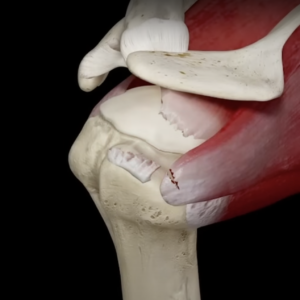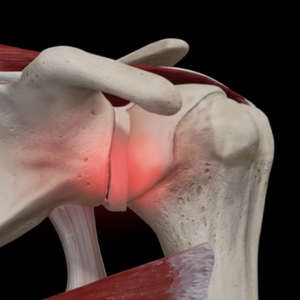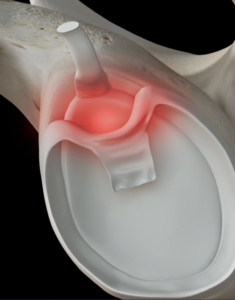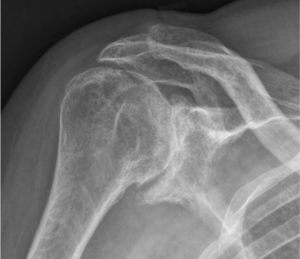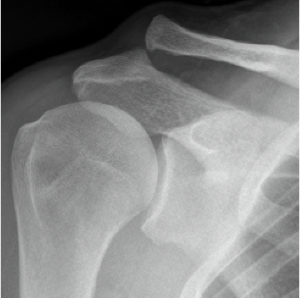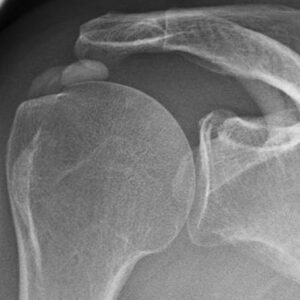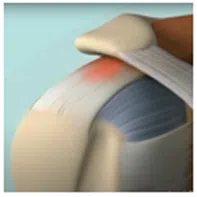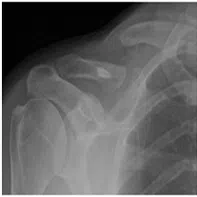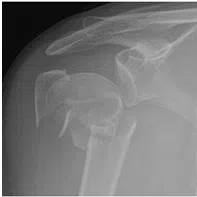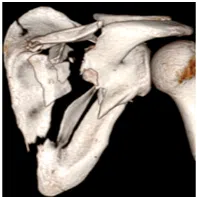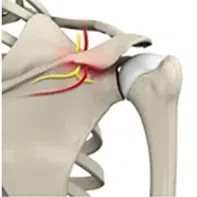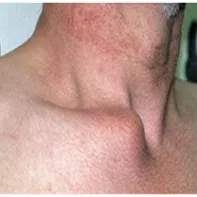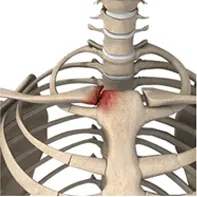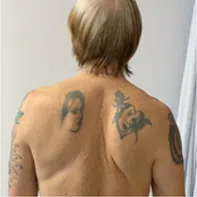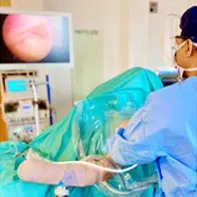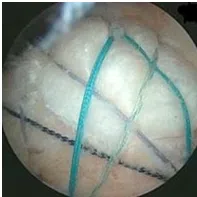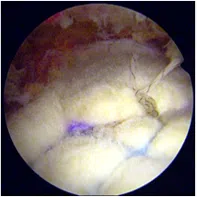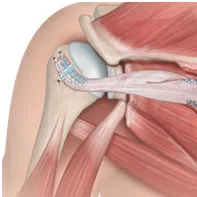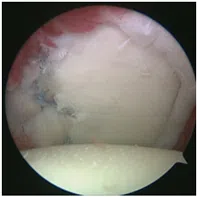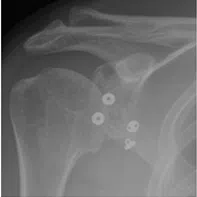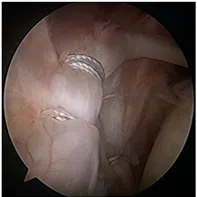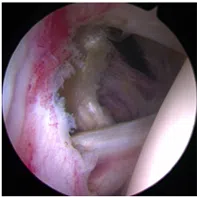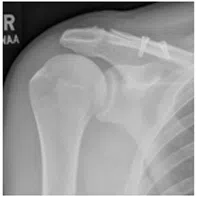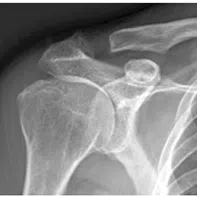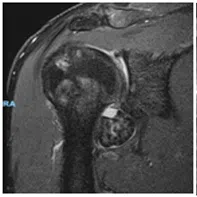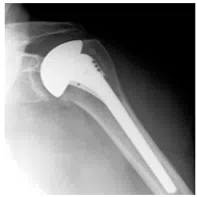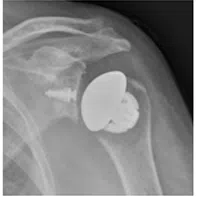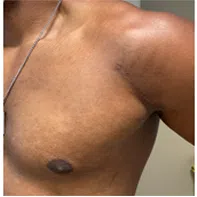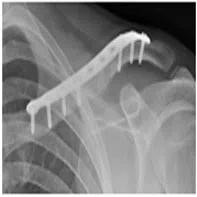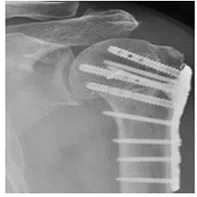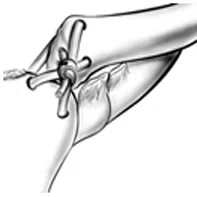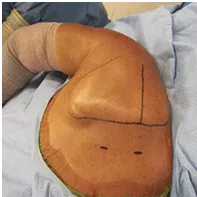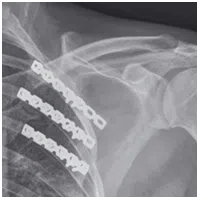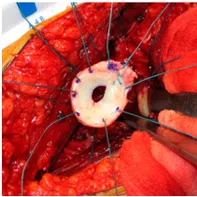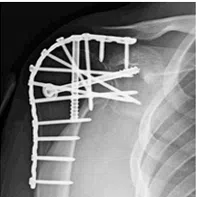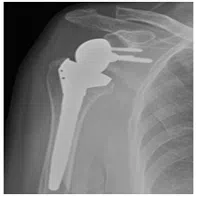
Reverse shoulder replacement is a commonly performed procedure for patients with shoulder osteoarthritis, rotator cuff tear, cuff tear arthropathy, neglected dislocation, or proximal humerus fractures. In this procedure, normal anatomical orientation of the ball and socket joint is reversed to socket and ball orientation providing satisfactory function in a rotator cuff deficient shoulder. Your surgeon will remove both parts of the joint and replace them with artificial implants consisting of metal (combination of titanium and cobalt chrome) and polyethylene. Following rehabilitation using a sling for the first few weeks, followed by physiotherapy, you are expected to regain normal function in approximately three months. A shoulder replacement lasts for more than 10 years in 95% of patients. Once the implant loses its function, it is revised with newer implants (Revision shoulder replacement) to maintain shoulder function.
-
Rotator cuff Tear
-
Shoulder Instability or dislocation or labral tear
-
SLAP tear
-
Shoulder arthritis
-
Acromio-clavicular joint arthritis
-
Acromio-clavicular joint dislocation
-
Calcific tendinitis
-
Frozen shoulder
-
Biceps tendonitis or Proximal biceps rupture
-
Shoulder Impingement
-
Pectoralis major tendon tear
-
Collarbone (Clavicle) fracture
-
Upper arm bone (Humerus) fracture
-
Shoulder blade (Scapula or Glenoid) Fracture
-
Suprascapular nerve compressive neuropathy or entrapment
-
Sterno-clavicular joint instability
-
Sterno-clavicular joint arthritis
-
Snapping scapula syndrome
-
Scapula dyskinesis
-
Winged scapula
-
Shoulder arthroscopy
-
Arthroscopic rotator cuff repair
-
Superior capsular reconstruction
-
Tendon transfer
-
Biceps tendonitis or Proximal biceps rupture
-
Labral repair – Bankart/ Posterior labral repair
-
Arthroscopic latarjet
-
Arthroscopic bone block procedure (anterior/ posterior)
-
SLAP repair
-
Arthroscopic excision of calcific deposits
-
Arthroscopic capsular release
-
Arthroscopic ACJ repair/ reconstruction
-
Arthroscopic distal clavicle excision
-
Comprehensive arthroscopic management (CAM)
-
Hemiarthroplasty
-
Total anatomic shoulder replacement
-
Reverse shoulder replacement
-
Pectoralis major tendon repair
-
Open reduction internal fixation (ORIF) clavicle
-
Open reduction internal fixation (ORIF) humerus
-
Arthroscopic supraspinatus nerve decompression
-
Sterno-clavicular joint procedures (Excision or Reconstruction)
-
Scapulothoracic arthroscopy
-
Scapulothoracic fusion
-
Biologic resurfacing of glenoid
-
Glenohumeral fusion





